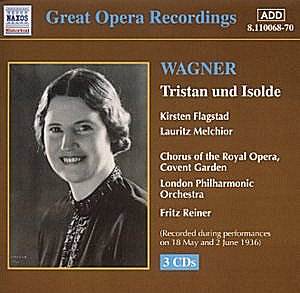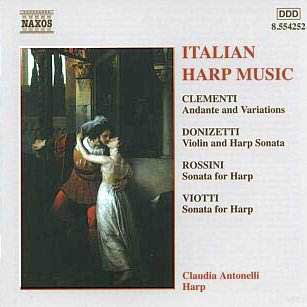 Composer: Gabriel Fauré
Composer: Gabriel Fauré
Works: Romance sans paroles, op.17 no.3; Nocturne No.1, op.33 no.1; Nocturne No.3, op.33 no.3; Impromptu No.2, op.31; Nocturne No.6, op.63; Barcarolle No.1, op.26; Nocturne No.11, op.104 no.1; Nocturne No.13, op.119; Improvisation (8 pièces brèves), op.84 no.5; Romance sans paroles, op.17 no.1; Prélude, op.103 no.2; Prélude, op.103 no.7; Ballade, op.19
Performers: Kun Woo Paik, piano
Recording: Brangwyn Hall, Swansea, 29-31 July 2001
Label: DECCA 470 246-2
Gabriel Fauré occupies a distinctive place in the pantheon of late Romantic composers, often overshadowed by contemporaries such as Chopin. His works for piano, rich with harmonic innovation and lyrical beauty, demand a nuanced understanding of their historical context, particularly as they reflect the transition from Romanticism to Impressionism. This recording by Kun Woo Paik encapsulates the essence of Fauré’s artistry, presenting a collection that highlights the composer’s profound emotional depth and technical sophistication.
Paik’s interpretations reveal an astute sensitivity to Fauré’s intricate textures and subtleties. The opening piece, the Romance sans paroles, op.17 no.3, serves as an ideal entry point, displaying a delicate balance of expressiveness and restraint. Paik’s touch is light yet full-bodied, allowing the melodic lines to breathe while maintaining clarity in the harmonic underpinnings. In the Nocturne No.1, op.33 no.1, Paik’s use of rubato is particularly effective, creating a sense of longing that mirrors the nocturnal imagery inherent in the title. This interpretative choice aligns with Fauré’s own approach to phrasing, which often defies conventional rhythmic strictness.
The technical prowess displayed throughout the recording is commendable, particularly in works such as the Ballade, op.19. Here, Paik navigates the complex interplay of voices with remarkable assurance, seamlessly blending lyricism with the work’s dramatic demands. The contrasting sections of the Ballade are delineated with precision, ensuring that the listener is engaged from start to finish. In the Barcarolle No.1, op.26, the fluidity of the piece is enhanced by Paik’s nuanced dynamics, each phrase shaped with thoughtful intention, contributing to an overall sense of ebb and flow reminiscent of the sea.
Recording quality is another highlight of this disc. The engineering captures the resonant qualities of the Brangwyn Hall, allowing Paik’s piano to shimmer with clarity and warmth. The sound is both immediate and rich, with a depth that gives life to the subtleties of Fauré’s harmonic language. The piano’s inner voices are revealed with striking clarity, particularly in the C sharp minor Prélude, op.103 no.2, where the intricate counterpoint comes to the fore, showcasing Fauré’s forward-looking compositional style.
While Fauré’s music is sometimes viewed as a lesser alternative to Chopin’s, Paik’s interpretations affirm the individuality of these works. Each piece in this collection stands on its own merit, revealing a composer who, while influenced by his predecessors, carved out a distinct voice that deserves recognition. The juxtaposition of Fauré’s poetic lyricism with moments of harmonic surprise ensures that the listener is met with a refreshing musical experience.
Kun Woo Paik has crafted a compelling recording that not only highlights the beauty of Fauré’s piano music but also invites listeners to explore the depths of his artistry. This disc is a significant contribution to the repertoire, offering both technical brilliance and interpretative insight that elevate Fauré’s works to their rightful status in the concert hall. Highly recommended for both aficionados and newcomers to Fauré alike.



